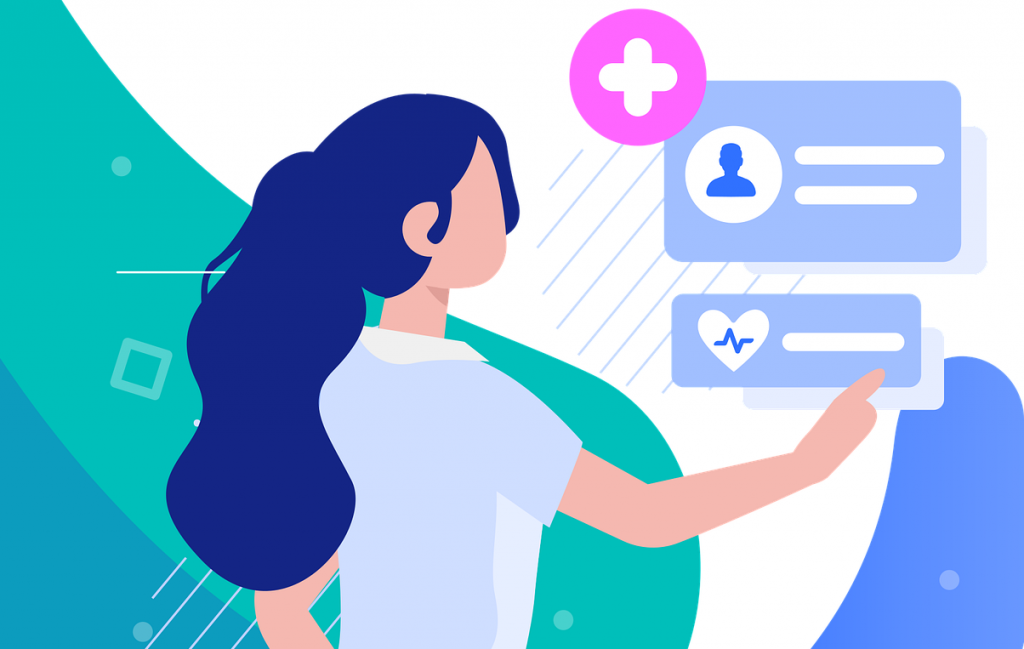The coronavirus pandemic has devastated the international healthcare industry over the past two years. And the stress of COVID-19 comes even as the sector faces enormous challenges such as long waiting lists, skills shortages, aging populations requiring more care, rising prices, and aging IT infrastructure.
Despite this, global collaboration boosted scientific innovation, resulting in COVID-19 vaccines in record time. And powerful technology allowed healthcare companies to improve other processes in the sector, such as breaking down the barriers between primary and secondary care providers, social care, and community health programs.
Yet, many providers are only now beginning this technological transition; the concept of wide-scale, cross-sector digital transformation can be daunting. Some healthcare providers have started with “process mining,” defined by Gartner as “a technique designed to discover, monitor and improve real processes … by extracting readily available knowledge from the event logs of information systems.”
Instead of monitoring how business processes are running using reports and dashboards, process mining can provide healthcare organizations with a detailed view of their people and systems, allowing for improvements in speed and efficiency.
How is process mining used in healthcare?
To work well, process mining needs data about how processes work. Luckily, healthcare is an industry with no shortage of data, ranging from patient health records to monitoring information and from appointment-booking systems to payment plans. The challenge is organizing the mountains of data.
Process mining tools provide visibility into what processes and tasks are happening in a business; where the bottlenecks are, often caused by manual inputs; how well automation is performing; and where those automation opportunities lie. Healthcare IT applications, including EHR, ERP, and LIMS, can be quickly analyzed, combined, and automatically reconstructed in digital form. This allows organizations to visualize processes, such as patient sign-ins, initial evaluation and diagnosis, treatment, medication management, continued care, billing, and more.
Process mining also enables providers to uncover why some processes take longer than others. Additionally, they can analyze the time between two care events to compare different departments, regions, or even individual employees. From a cost management point of view, providers can identify incident types that add time and cost to the patient care process and act accordingly.
Finally, process mining can identify opportunities to automate manual processes, like checking in, evaluating and diagnosing issues, documenting orders, processing insurance claims, scheduling follow-up visits.
How healthcare employees can benefit from process mining
The visibility healthcare providers gain through process discovery and mapping allows them to compare people, processes, and systems against best practices. Full transparency and actionable insights enable operations to be optimized, so healthcare organizations can make critical decisions faster and improve results.
Then, instead of having highly trained staff tirelessly move data from one system to another, digital workers, called “bots,” can ultimately free up health professionals to handle the jobs that add real value to the patient experience. Providers can ensure that patient data is being handled sensitively, accurately, and efficiently.
Opportunities for process mining in healthcare
Some examples of how healthcare providers are using process mining to improve processes:
- Billing and revenue cycle management
According to the American Hospital Financial Association, more than $576 billion in hospital bills have gone uncollected since 2000. Complex manual methods of billing and collection processes require a vast amount of time to recover payments. Using already existing healthcare data, providers can build digital models of their operations to find opportunities for improvement, such as automating debt collection, reducing bad debts, or continuously monitoring patient treatments to minimize complaints and maximize revenues.
- Emergency Departments
It takes an average of three hours to process an incoming ER patient—and it’s usually a stressful experience for everyone concerned. Each patient must be triaged, admitted, assigned to the relevant healthcare professional, scheduled for X-rays or scans, and then given a hospital bed or discharged. Process mining can build a comprehensive, realistic model of intake procedures, including variations and exceptions. This means providers can predict and prepare for busy times, reduce door-to-doctor time and eliminate the need to re-enter patient data for different processes.
- Care Delivery
Patients today expect more from their healthcare providers. Whether this means enabling a digital front door to services, offering personalized correspondence, or just getting more out of their interactions with clinicians, patients want information at their fingertips and services on demand. Process mining can help providers visualize patient experience from beginning to end, then introduce new or improved channels. These could include self-service portals, self-check-in kiosks, or better referrals, claims, and diagnostics processes.
- Patient Pathways
Standard patient pathways can be rigid and formulaic, too often focused on administrative and operational needs rather than patients. With process mining, providers can examine data sources to identify and explore common variants in how pathways are followed. For example, providers can see where there have been side effects to a treatment plan according to age, gender, or some other variable, which helps prevent the same problems in the future. Process mining can also check that all of the steps in a patient pathway have been followed.
Conclusion
Without process mining, healthcare providers face a chaotic pile of data sources and reports, and analyzing such a vast store of information takes more time and resources than are available in the healthcare industry. But without process mining, it’s challenging—if not impossible—to understand where to uncover opportunities for improvement. Informed by essential day-to-day information from IT systems used to run the organization and from third parties the provider collaborates with as part of an integrated care system, process mining provides a fast track to improvement.
By Patrick S. Finn, President & General Manager of the Americas at Blue Prism

